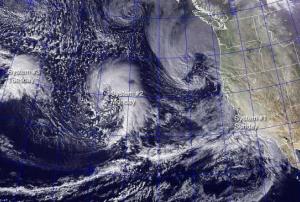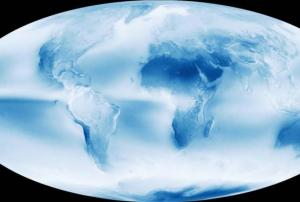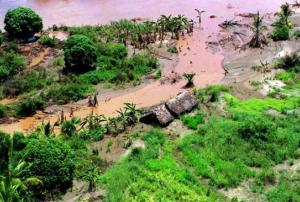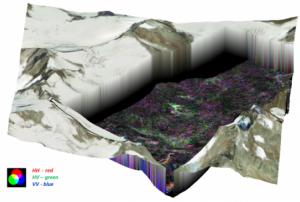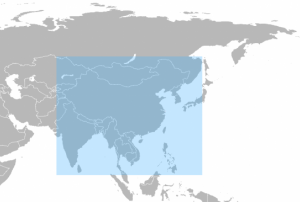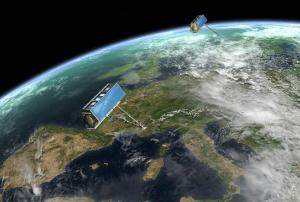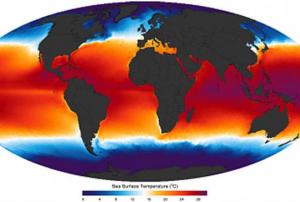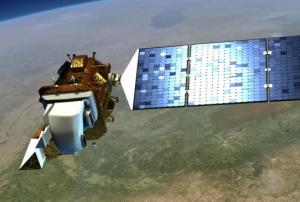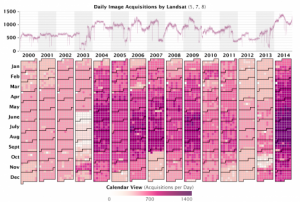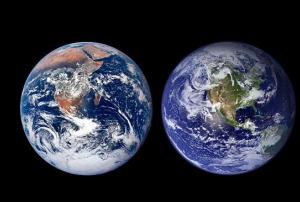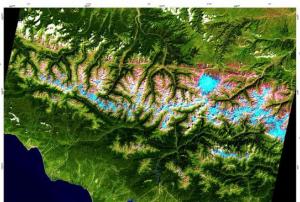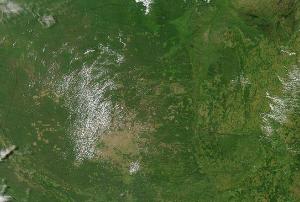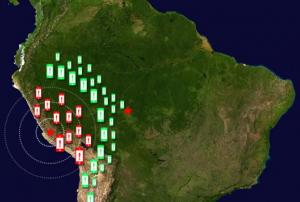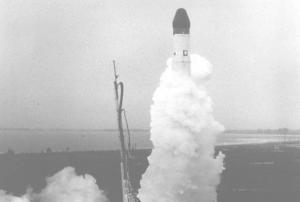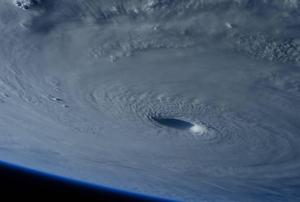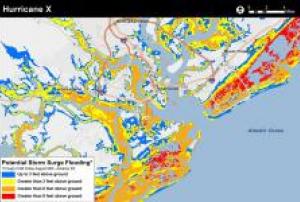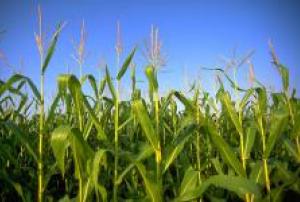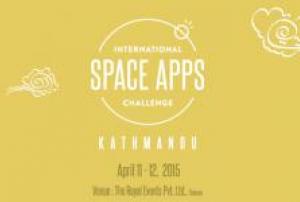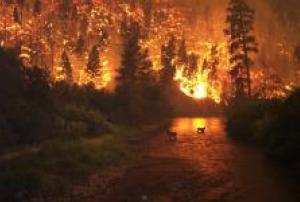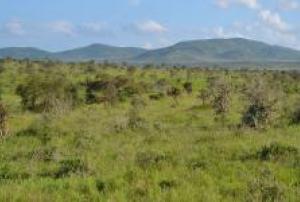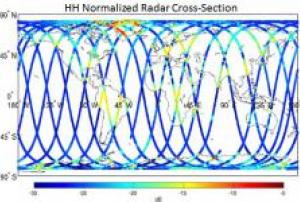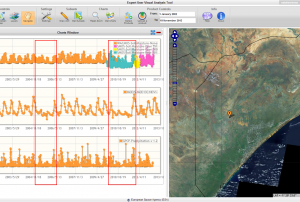Australia's Bureau of Meteorology predicted that at the end of this year a strong El Nino effect can bring extreme weather around the world. Computer models based on satellite and meteorological observation data made this prediction.
An El Nino comes along about every two to seven years as part of a natural cycle. It is a warming of the Pacific Ocean as part of a complex cycle linking atmosphere and ocean.
To predict an El Nino scientist designed complex computer models that are fed with satellite and meteorological observation data as well as information about the temperature, currents and winds in the tropical Pacific Ocean. Once El Nino has started, models can predict how it might develop over the next six to nine months, with a reasonable level of accuracy.
According to BBC News El Nino is still in its early stages. In the summer it would become clear how strong it is going to be:…
more